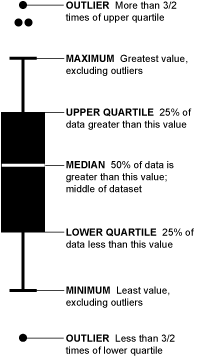Here’s a viz you can use. It is interactive, can be built in Tableau Public for free, and can be embedded in your website. This example shows affordable housing sites. Give it a try below and check out these features:
The circles on the map show the location of the sites. The color of the circles show the type of site, and the size of the circles indicates number of units (but you can size your circles by any measure such as number of people served or programs offered.)
Click on a site on the map to see more information, to the right, about the site including a photo.
When you click on a site, it is also highlighted on the chart below so you can compare that site to the others.
To learn how to create an interactive map with similar features in Tableau Public, check out this tutorial. I’d also be happy to build one for you, customized to your needs. Just click “Schedule A Free Consultation” below.
Let’s talk about YOUR data!
Got the feeling that you and your colleagues would use your data more effectively if you could see it better? Data Viz for Nonprofits (DVN) can help you get the ball rolling with an interactive data dashboard and beautiful charts, maps, and graphs for your next presentation, report, proposal, or webpage. Through a short-term consultation, we can help you to clarify the questions you want to answer and goals you want to track. DVN then visualizes your data to address those questions and track those goals.












































































